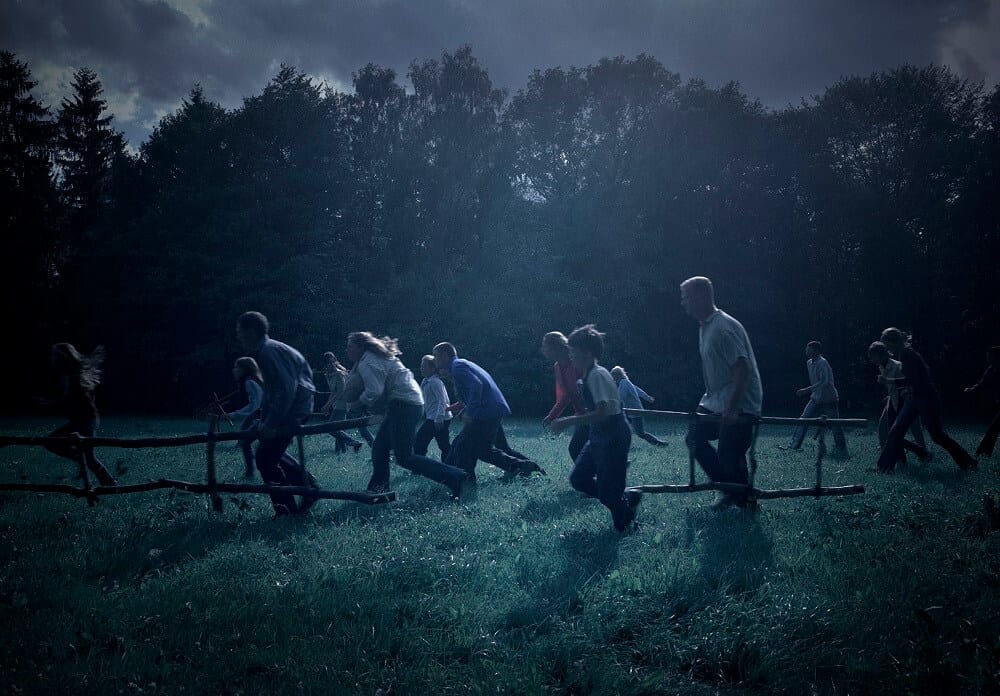Sergio Belinchón
THE GOOD, THE BAD & THE UGLY, 2010
HD Video 16,4’ Edition 3/6 Poster 100 x 70 cm
Work Description
Work Description
A little more than 40 years later, Sergio Belinchón returns to the stages where the Italian director Sergio Leone shot the spaghetti-western The Good, the Ugly and the Bad (1966), located in the provinces of Almería, Burgos and Madrid. Interested in the artificial places that appear to be what they are not, Belinchón had already portrayed in the Western series (2007) the sets built in the Almeria desert of Tabernas, which represent a typical American Western town and that has lasted until today converted into a theme and amusement park. This new piece complements the previous work by means of a different strategy. THE GOOD, THE UGLY AND THE BAD is a remake of Leone’s film, a meticulous and strict re-filming shot by shot with the particularity that in this new version no person appears in the image, an absence that is already evident from the deletions of the title. The only trace of human presence is the soundtrack of Leone’s film kept here without alteration, which contains the famous Morricone score and the original sounds and dialogues, and which tests the culture and cinematographic memory of the spectator. Without the characters on screen, the changes of shot, the camera movements and the framing seems to lack motivation as if they were obeying incomprehensible orders. The empty space -from the human perspective, one could qualify it- thus becomes the true protagonist of the film. The landscapes and sets, which usually constitute the background against which the story takes place, are here in the foreground, demanding attention. Theoretically, Belinchón could have opted for the digital erasure of the characters, as he does punctually in the credits with their names and faces but with the re-filming, he adds an additional layer of reading to the work, inasmuch as he documents the aspect of the place at present. A hypothetical parallel view would highlight the differences in the same location after the passage of time and the removal of the fiction’s provisional props: some buildings have disappeared, while others remain standing, spruced up for tourists, a row of electric poles stands today on the same horizon, a modern train now runs fast were an anachronistic railroad did in the film, a paved road appears where before there was only a dirt road. But what has not changed is the profile of the mountains that Belinchón frames from the same point of view, the forms of the rocks or the colours of the earth; that virgin, malleable and fraudulent landscape, scene of multiple fictions, the desert of mirages.
7.700 €





